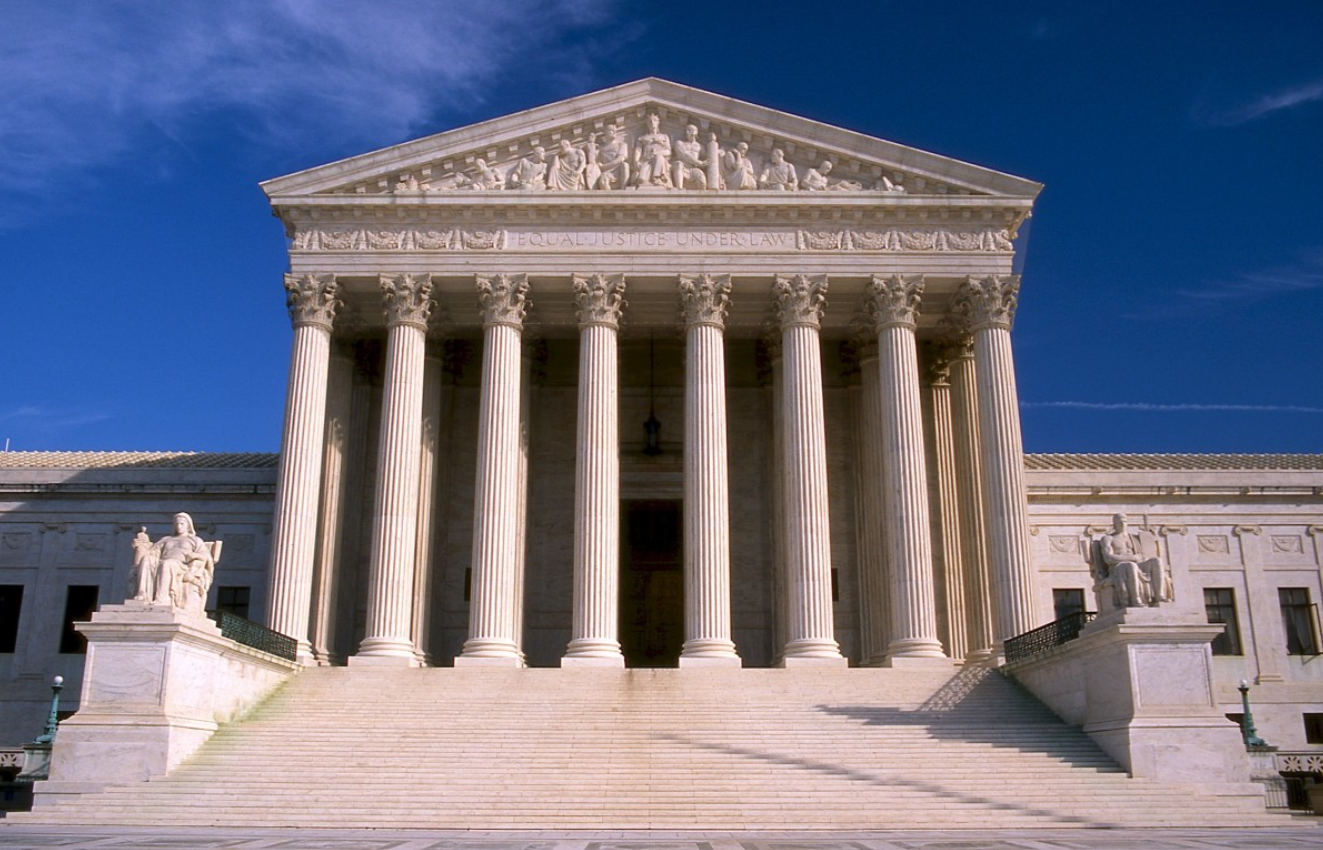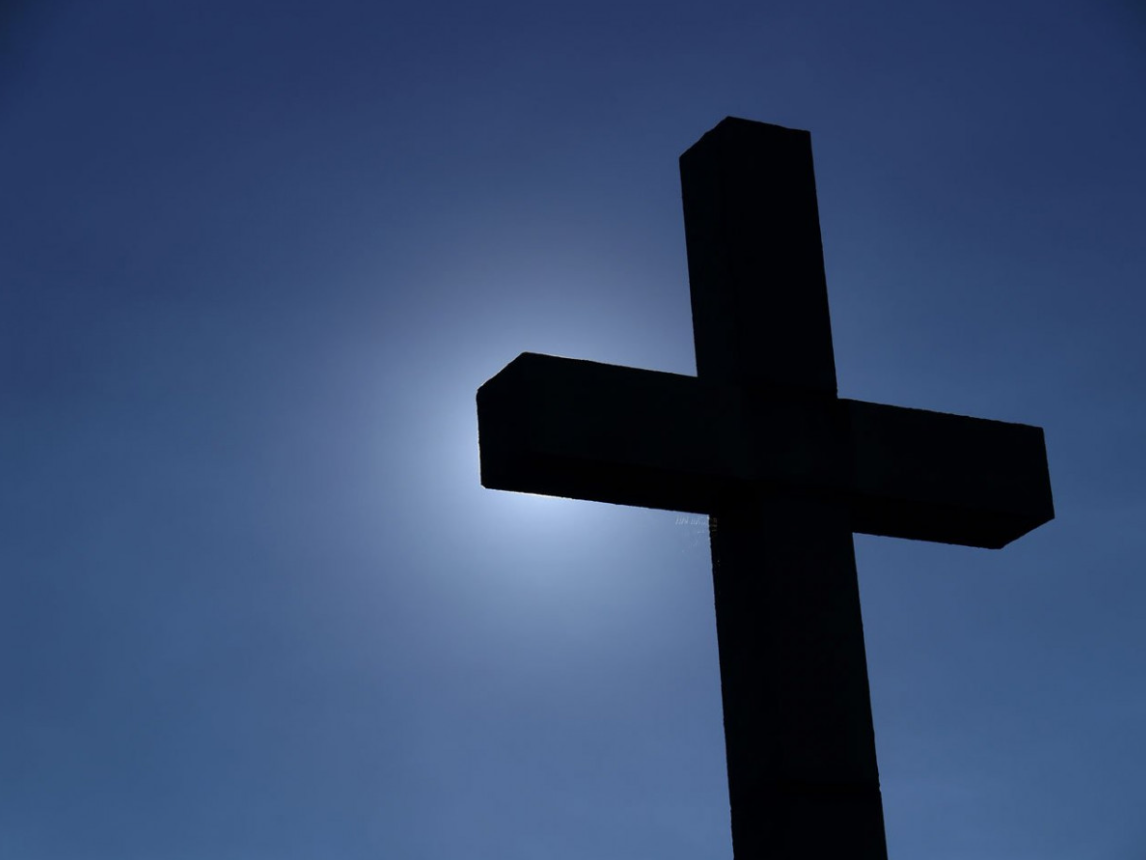January 2023 Interfaith News Roundup
by Paul Chaffee
The Interfaith News Roundup is a monthly publication of The Interfaith Observer. Paragraph by paragraph the Roundup summarizes major religion/interfaith stories that are underreported. Each paragraph is linked to the full story it introduces.
If you’d like to receive the Roundup monthly, you can sign up for our mailing list here.
Calling Out the Media
Photo: Pxhere
For years progressive Christians have been irritated at the media’s false conflation of ‘Christian’ with ‘Evangelical’ and assuming that being religious means being conservative. Finally, media is being called to account. Faithful America’s article “Stop Portraying religious liberty and LGBTQ as Opposites,” cites, for example, the New York Times’ December 4 article headlined: "A New Clash Between Faith and Gay Rights."
Addressing the same sloppy reporting, John Stoeher delivers a broadside against the media for not calling out Evangelicals for their support of people like Herschel Walker. Along the way he details how ignorance of the religious community at large keeps even liberal commentators from asking the right questions.
On the other hand, the Washington Post is nearly tripling its climate coverage to more than 30 journalists. Hats off, WaPo!
Troubled Waters
Photo: Pxhere
Pew Research Center’s report on the state of Christianity in America last September tells a dour tale for the faithful: “If recent trends in religious switching continue, Christians could make up less than half of the U.S. population within a few decades.” Pew is clear that their report “Modeling the Future of Religion in America” is not a prediction. Rather, it is a projection based on several ‘models’ Pew’s data analysts apply. The report gives the details, some of which we note below.
The Association of Theological Schools reports that the number of students in Master of Divinity programs is going down but Master of Arts in Religion students are increasing.
As many as a third of Americans now claim no religious affiliation, and British sociologist Stephen Bullivant has some suggestions about why. His new book, Nonverts: The Making of Ex-Christian America, from Oxford University Press, studies why folk are leaving religion. Bullivant is not a cheerleader – in fact, unchurched as a child, today he’s a practicing Catholic. Jana Reiss’ early report says the book is academically solid as well entertaining to read.
The most dramatic example of difficulties in the American church today is the United Methodist saga. A struggle that began half a century ago is finally coming to a head. The second largest Protestant denomination in the nation is breaking up. Hundreds of congregations in Texas alone, for instance, are leaving the United Methodist Church. The dividing issues are largely about gender, about same-sex marriage and the ordination of LGBTQ+ people. Many hope to keep the breakup as peaceful as possible. But a number of congregations have called their lawyers. A Texas Tribune feature offers an extended history of what went wrong in Methodism, particularly in Texas.
Hopeful Signs
A number of Christian clergy in Georgia, led by Rev. Will Dyer of First Baptist Church of Augusta, are speaking out against Christian nationalism, opposing the notion that the nation should abandon the separation of church and state. The Kirkwood Presbyterian Church in Kennesaw posted on its marquee, “Christian Nationalism is an Oxymoron.”
Another good-news church story comes from Christian Churches Together (CCT). This network brings together Christians drawn from more than 20 denominations and religious organizations. Their charge: to offer opportunities for faithful people from different backgrounds to get to know and appreciate each other. The goal is to reduce the polarization that has infected so much religious interaction. CCT draws from five “families” of churches – Catholic, Orthodox, Historic Black, Evangelical/Pentecostal, and Mainline Protestants.
Pastor Chris Battle, the Founder of Battlefield Farms & Gardens – Photo: Battlefield Farms & Gardens
COVID-19 has been a body blow to religious congregations across the board, many of whom still suffer from diminished attendance, especially the loss of children and their parents. An NPR story details how churches in Knoxville, Tennessee have been working to bring old members back and attract new ones. Special efforts reach out to self-identifying “Nones” and “Spiritual But Not Religious” folks.
While pollsters report that Sunday morning religion is down, all sorts of chaplaincy ministries are thriving. Chaplains serve sports teams, prisons, schools, businesses, and so many other communities, bringing spiritual support and resources to people who don’t attend weekly worship. Since most of these contexts draw members from different religious backgrounds, an unexpected consequence of this shift is making religion in America more interfaith. In a hospital, for instance, chaplains are as liable to minister to a Muslim as a Methodist.
Again, of course, Climate
“Climate Change Will Destroy Arabs and Israelis Before They Destroy Each Other” headlines Thomas Friedman’s powerful December 6 New York Times feature. Life in the Middle East requires sustainable water, and the region is running way short. Friedman’s impeccable reasoning is startling. The essay also introduces leaders who take his point and are doing something about it to save the Middle East and the rest of us.
Photo: Pxhere
Among all Christians, Pew Research reports, Evangelical Protestants are the most skeptical about human activities influencing climate change. But as in other traditions, there is a gap between young and older Evangelicals. “Evangelical Protestant adults under 40 are more likely than older evangelicals to say climate change is an extremely or very serious problem (41% vs. 31%). And 42% of evangelical adults under 40 say the Earth is warming due to human activity, compared with 28% of evangelicals ages 40 and older.”
Drawing from the same Pew report, CBS news notes that "members of non-Christian religions and people who do not identify with any religion … consistently express the highest levels of concern about climate change. Nine in 10 atheists surveyed said the Earth is getting warmer, mostly due to human activity.”
Gopal Patel, a climate activist, is receiving considerable attention. A Hindu, his organization, Bhumi Global, is named after a goddess representing the Earth. The movement is grounded in Hindu values and is focused on the triple crisis of climate change, biodiversity loss, and pollution.
Whose Human Rights?
Students of Amir Kabir university protest against Hijab and the Islamic Republic after the death of 22-year-old Jina “Mahsa” Amini who was arrested by Iran’s morality police for “improperly” wearing her hijab – Photo: Wikimedia Commons
Human rights violations continue to crop up around the world. The women of Iran have been protesting for more than four months over dress-codes and more. Amidst confusing but ever-tightening laws, their tragic story is laced with massive riots, death, incarceration, and even executions.
Historically, Buddhist monks in Burma, now recognized as Myanmar, have worked to protect people from political and military tyranny. Today, though, the country’s military establishment has built strong ties with the Buddhism hierarchy, and a Buddhist militia seems to be developing, to the horror of Buddhists around the world.
New laws in Indonesia can send you to jail for a year if you have sex outside of marriage. The new code also forbids the dissemination of contraception information and the cohabitation of unmarried couples. Additionally, the new code forbids insulting public officials or publishing teachings that contradict state ideology. Journalists are at serious risk and the tourist industry is asking all sorts of questions.
Photo: Pexels
Queer culture has a tough time in most countries. But in Muslim nations, gay, lesbian, and transsexual people tend to be systematically stripped of their rights, suffering from established, ‘legal’ oppression. Nevertheless, heroic attempts to bring comfort and support for the disenfranchised are being made in many communities.
If you follow the news or social media, it is difficult not to notice, in the midst of so much hate talk, the growth of anti-Semitic activity. Finally, the matter is getting important coverage. Douglas Emhoff, Vice President Kamala Harris’ husband, is taking a lead in exposing the violence and doing something about it.
At the local level, Jews in Ohio have been the heavy lifters in getting laws passed to make zoombombers at church and synagogues subject to fines and jail time. (Zoombombing a religious community happens when computer hackers break into digital activities with disruptive content, including pornography.)
A high-level ad hoc think tank in DC is focusing on the human rights of the nonreligious around the world – including atheists, agnostics, humanists, and freethinkers. This largely ignored constituency, in terms of human rights, has a strong case to make about how they are often treated.
By the Numbers
Novelist and philanthropist MacKenzie Scott has awarded Lutheran Immigration and Refugee Service $15 million, the largest single contribution in the advocacy organization’s 83-year history. The funds are designated “to resettle Afghan refugees, people fleeing Russia’s invasion of Ukraine, and asylum-seekers along the U.S.-Mexico border.” MacKenzie Scott, Jeff Bezos’ former wife, has donated more than $2 billion this past year, including to a number of faith-based, social justice organizations.
The Pew Research Center, founded in 2009, has provided reams of reports that open a new window into unparalleled information about religion in the US and globally. Last month they released a report that four out of ten adults in America believe that we are living in end-times, and 55% believe that Jesus will return to the Earth someday.
More take-aways from Pew’s recent work suggest that 60% of Americans believe in heaven and hell. Details include: “Of the U.S. adults who believe in heaven, 69% said that it is ‘definitely’ or ‘probably’ free of suffering, where you will be reunited with loved ones who died previously (65%), where you can meet God (62%), where we will have perfectly healthy bodies (60%), and where we can be reunited with pets (48%).” Pew provides tools to analyze how your opinions compare with other Americans.
A volcanic vent and lava flows from various eruptions on the flank of Mauna Loa – Photo: Wikimedia
Finally…
Native Hawaiian spirituality treats volcanos as something much greater than incredible natural phenomena. Moana Loa on Hawaii Island, the largest active volcano in the world, began its first eruption in 40 years last November 27, sending rivers of molten lava flowing down. The eruption ended December 9 without seriously disrupting life on the island. Indigenous beliefs assume that everything in nature is alive, including volcanos, which are considered messages from the divine. Volcanos are alive, representing the way life is reborn. “Since the volcano is alive, it must be treated like a person with rights and responsibilities and differently than if it were just flowing hot magma.” Indigenous ceremonies were held during the eruption.
Header Photo: Wikimedia








